Prehnite
Prehnite is a gorgeous mineral which often occurs in stalactites or in botryoidal formations. It is often green or clear, but pink, blue and orange pieces have been found too.
Some gem quality pieces have been faceted for jewellery making. It is also polished for tumblestones, cabochons, etc. Some pieces have needle-like inclusions of Epidote.
Showing all 7 results
-
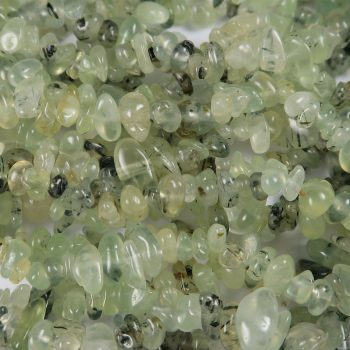
Epidote in Prehnite bead strands
£4.00 -
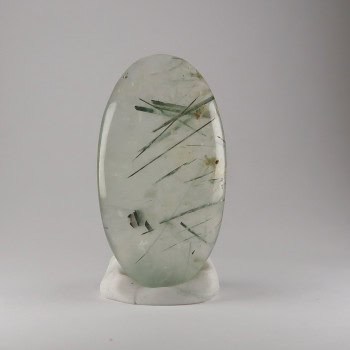
Epidote in Prehnite cabochons
Price range: £3.00 through £5.00 -
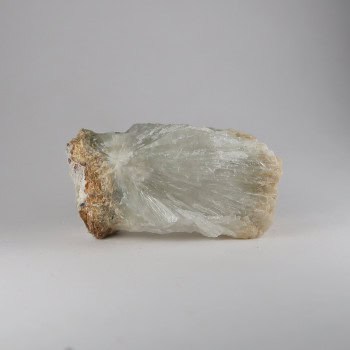
Prehnite from Cortijo de la mina, Spain
Price range: £5.00 through £7.50 -
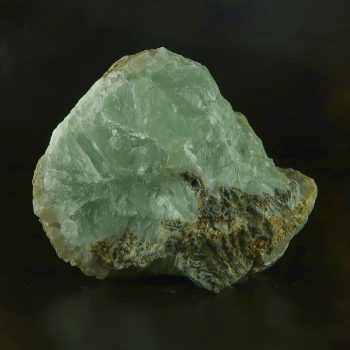
Prehnite Specimens
Price range: £4.00 through £6.00 -
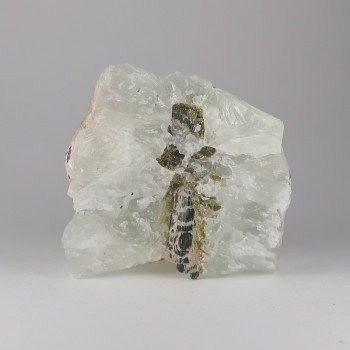
Prehnite specimens from Djouga diggings, Mali
Price range: £5.00 through £6.50 -
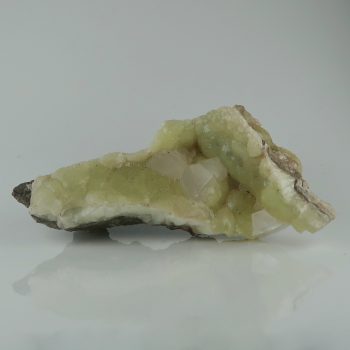
Prehnite specimens from Loanhead Quarry, Scotland
Price range: £7.50 through £20.00 -
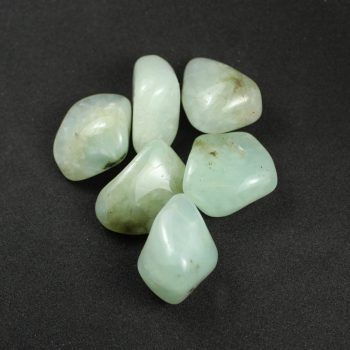
Prehnite Tumblestones
Price range: £2.00 through £3.00
Appearance, Uses and History
Prehnite is often used as an inexpensive gemstone. This was not always the case, though. Recent finds of Prehnite in gem qualities have significantly lowered the price of the material.
It is not widely used in mainstream jewellery, however. It is almost always cut en cabochon, with some rare faceted stones available. Some pieces may show ‘cats eye’ asterism.
Locales
Nice specimens have been found in Australia, China, Czechia, France, Germany, India, Italy, Kazakhstan, Mali, Mexico, Morocco, Namibia, Pakistan, Russia, Spain, Switzerland, and the United States.
Mineralogy
May also be yellow-green, brown-green, blue-green. In rare cases, it can be colourless, red, orange, etc.
Often found with inclusions of Epidote.
Hazards and Warnings
Almost all rocks, minerals (and, frankly, almost all other substances on earth) can produce toxic dust when cutting, which can cause serious respiratory conditions including silicosis.
When cutting or polishing rocks, minerals, shells, etc, all work should be done wet to minimise the dust, and a suitable respirator or extraction system should be used.
Translations
Arabic:
Hindi:
Portuguese:
Bengali:
Indonesian:
Punjabi:
English:
Italian:
Russian:
- пренит
French:
- préhnite
Japanese:
- プレナイト
Spanish:
- prehnita
German:
- Prehnit
Korean:
- 프레 나이트
Thai:
Gujurati:
Mandarin and Traditional Chinese:
- 葡萄石
Urdu:
Further Reading / External Links
- https://www.mindat.org/min-3277.html
- https://en.wikipedia.org/wiki/Prehnite
- https://www.gemselect.com/english/gem-info/prehnite/prehnite-info.php
- https://www.gemsociety.org/article/prehnite-jewelry-and-gemstone-information/
- https://www.minerals.net/mineral/prehnite.aspx
- http://webmineral.com/data/Prehnite.shtml
